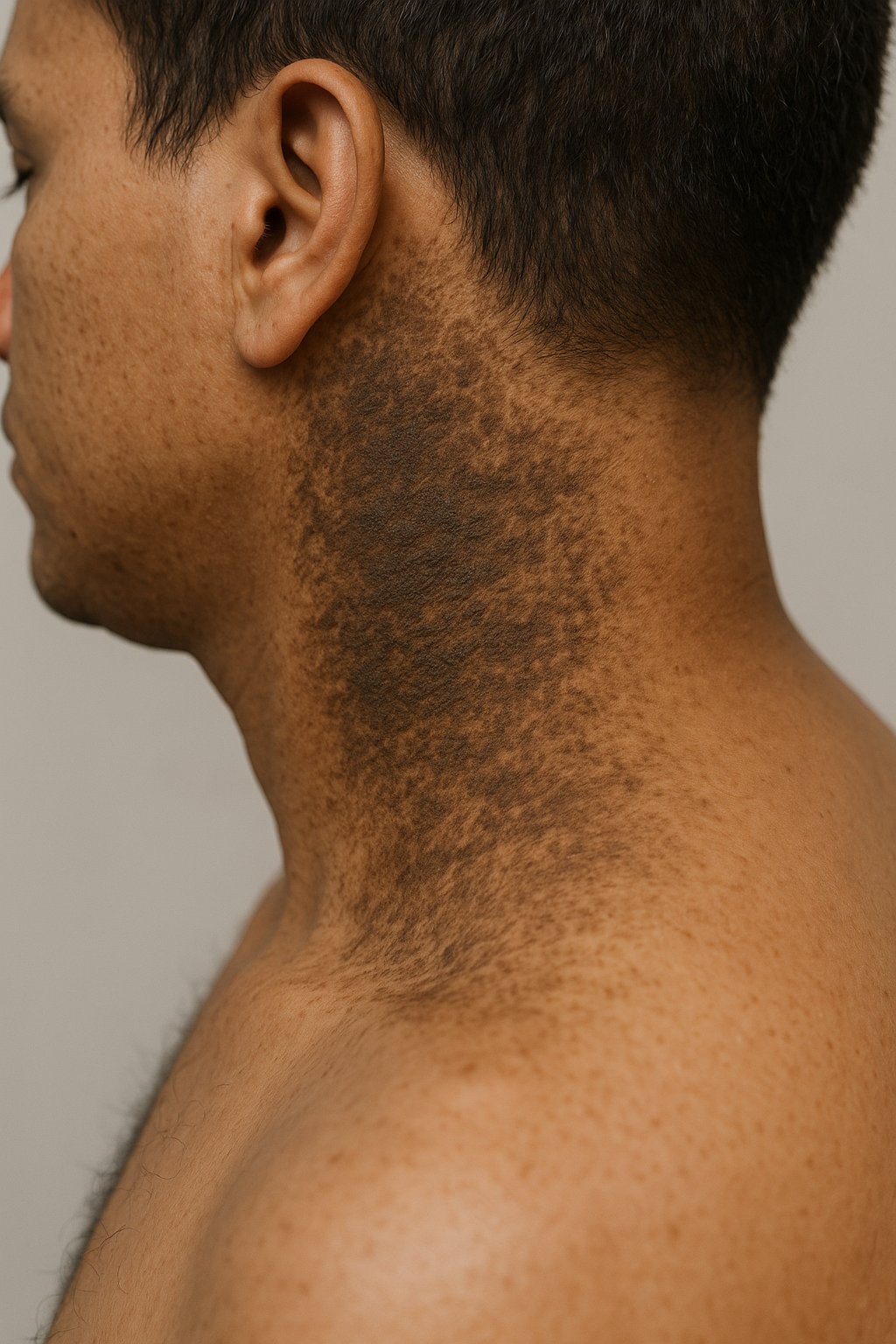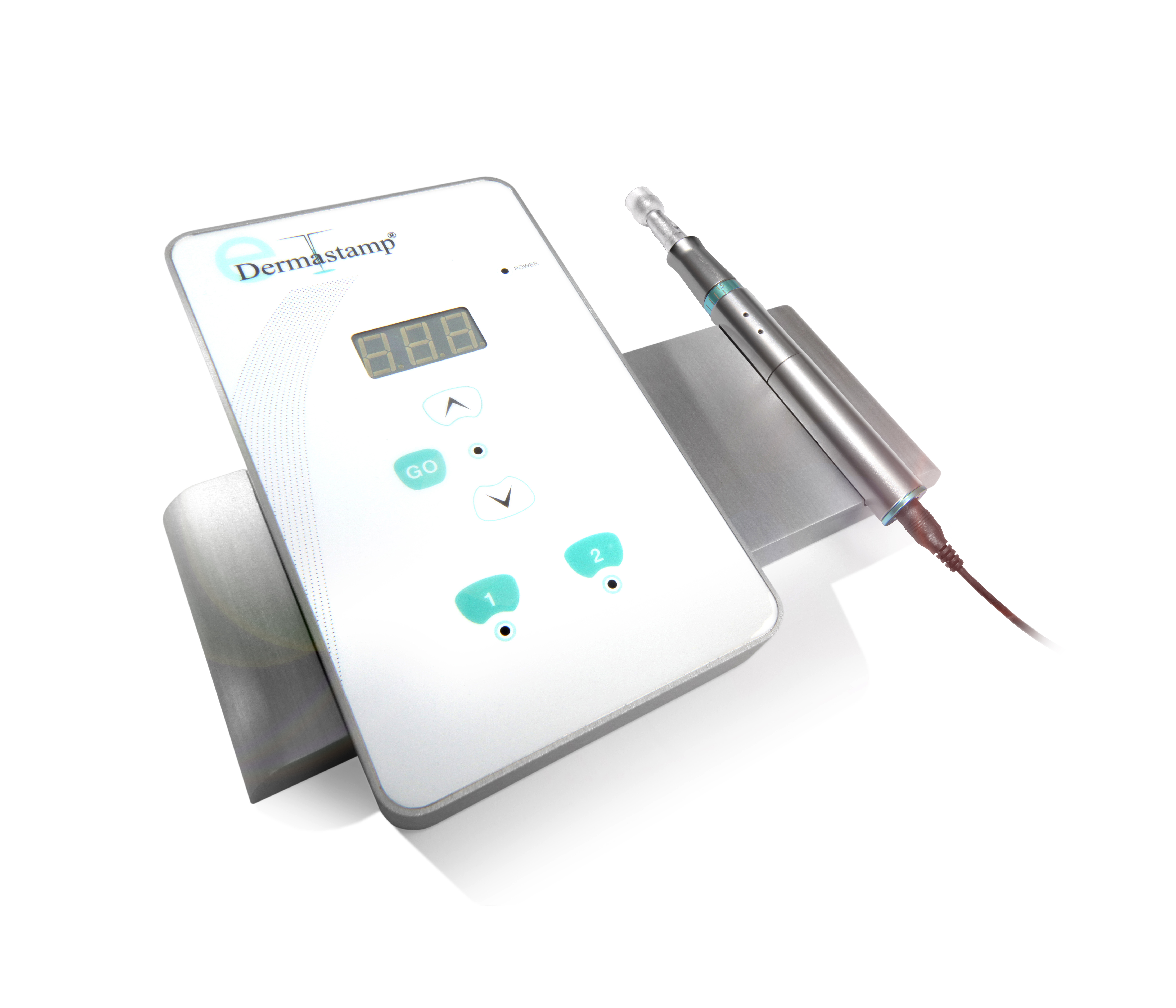Platelet-rich plasma (PRP)
Platelet-rich plasma (PRP) refers to the increased concentration of autologous (collection of patient’s own cells) platelets which after centrifugation are suspended in a small amount of plasma that is applied for treatment of various skin conditions and/or wounds. This treatment method is delivered through injections into affected area.
Normally, blood is composed of 93% red blood cells (RBC), 6% platelets, and 1% of white blood cells (WBC); all components are suspended in plasma. In platelet-rich plasma, the percentage of platelets is increased to 94%, while the percentage of red blood cells count is decreased to 5% because they are not that essential in the healing process. As a result, patient’s plasma becomes very rich in platelet count in comparison with normal blood concentration.
The procedure begins with withdrawing blood from patient’s arm through syringe. The collected blood is collected into tubes which are then placed into centrifuge. The speed and duration of centrifugation need to be carefully set in order to avoid damaging the platelets. During the process of centrifugation, RBC, WBC, and platelets are separated according to their concentration levels. The blood plasma rich in platelets is extracted from the appropriate level for further procedure. An activating agent, such as calcium chloride, is added to activate platelets so they can release their content.
Platelets are extremely essential in blood clotting. Once a blood vessel is disrupted by injury and bleeding occurs, platelets get activated to assist in formation of the clot which stems the blood flow. Moreover, every platelet is also involved in regulating, signalling, and growth-factor molecules for recovery and healing of damaged tissues as a result of injury.
Since PRP is an autologous procedure, it is considered to be much safer compared to allogenic and/or homologous methods. It also prevents from transmission of diseases like hepatitis, HIV,Creutzfeldt-Jakob disease, and West Nile fever.
PRP is also better accepted by patient’s body because it eliminates the risks of graft versus host disease as well as does not cause any challenges associated with formation of antibodies.
PRP promotes healing of soft tissues through growth factors which are released after degranulation of platelets. These growth factors stimulate the physiological processes essential for recovery and healing of tissue(s) after an injury. The healing process is aided in many ways. For instance, growth factors attract undifferentiated stem cells into the newly formed matrix which leads to cell division. The inflammation is being limited and release of cytokines is being supressed. More macrophages are being attracted to enhance the healing and regenerating process of a tissue. Lastly, the capillary growth for the formation of new blood cells is also stimulated.
The use of platelet-rich plasma injections in Dermatology has solid scientific grounds in treating multiple skin conditions. First and second degree thermal burns can be reduced with PRP injections. Cuts, surgical wounds, and any other superficial injuries are also treated with PRP.
Moreover, patients affected by hair loss find platelet-rich plasma injections to be highly effective after the course of treatment. PRP causes the reinvigoration of dormant hair follicles which in return stimulates the new hair growth in patients diagnosed with male pattern hair lossand female pattern hair loss.
Platelet-rich plasma injections are also very beneficial in achieving facial rejuvenation. These injections can treat wrinkles, discoloration, and photodamage.
PRP is considered to be immunologically neutral with no negative risks of foreign-body reactions, hypersensitivity, and/or allergy. As previously mentioned, use of platelet-rich plasma injections in Dermatology has solid scientific grounds in treating multiple skin conditions
and multiple published papers confirm it:
https://www.ncbi.nlm.nih.gov/pubmed/?term=Platelet-rich+plasma
https://www.ncbi.nlm.nih.gov/pubmed/30793521
Individuals with the following medical conditions are prohibited from treatments with PRP: chronic liver disease, sepsis, acute and chronic infections, critical thrombocytopenia (low platelet count), and hypofibrinogenemia.
Centre for Medical and Surgical Dermatology offers platelet-rich plasma injections as one of the treatment options for various skin conditions. Every treatment course is unique for every patient. For more information on this treatment, visit the following link:
2 Comments
Comments are closed.
Related Posts




Great site and I look forward to seeing it grow over time.
Hey there, You have done a fantastiϲ jοb. I’ll definiteⅼy
dig it and personally suggest it to my friends.
I am confіdent tһey will be benefited from this sіte.